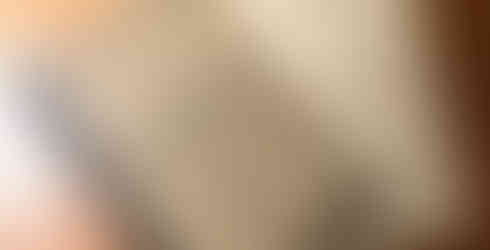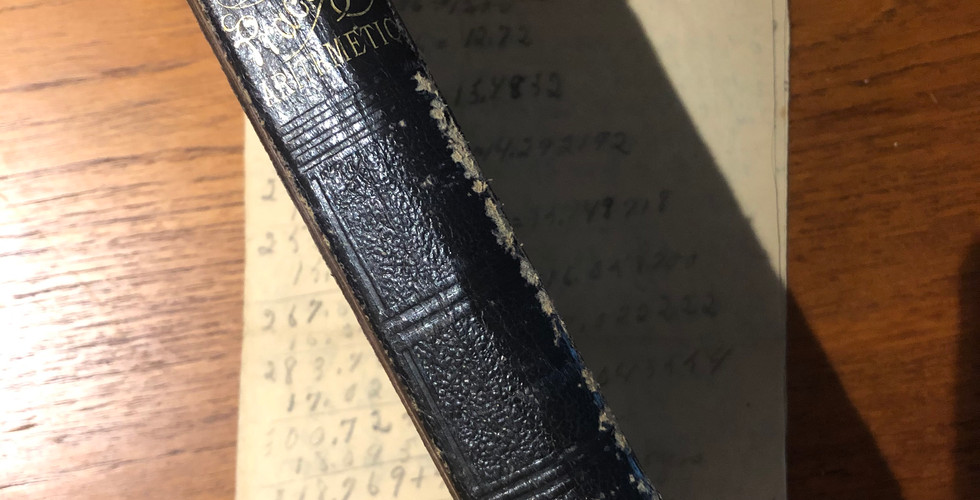A Practical Beginning
- A Library of One's Own

- Jul 19, 2020
- 1 min read
Books not only have history; they are history. The Progressive Practical Arithmetic for Common Schools and Academies, copyrighted 1877, was the first book I ever bought on my own. I found it sitting on an old desk chair after I had been tugged around an antique store in Texas by my parents. Its printed cover and black spine with gold embossing caught my attention, so I opened it. Inside I found not just arithmetic lessons and explanations of Roman numerals, which I was struggling to learn in my own fourth-grade class, but a four-leaf clover, notes in the margins, and a full seven pages of finished homework. Immediately, I was enamored with the beat-up little book and knew I had to have it, and all of the 19th-century treasures within it. I gathered the myriad of dollar bills and change I had and asked my mom if she could find out how much it was. I slid $10 in quarters, dimes, and paper across the glass counter to the cashier and it was mine.
This book sparked my collection of unusual, broken, and beautiful books, and also my love of the book as a historical object, something I wasn’t able to recognize until years after my collection started to grow. By the time I did, I had become an apprentice bookbinder, worked in every field of the book business and had begun an English degree. Without this little book, and all of its pieces, I wouldn’t have started the beloved, haphazard collection I have now. Or an understanding of Roman numerals.
by Emma Kiely






Comments